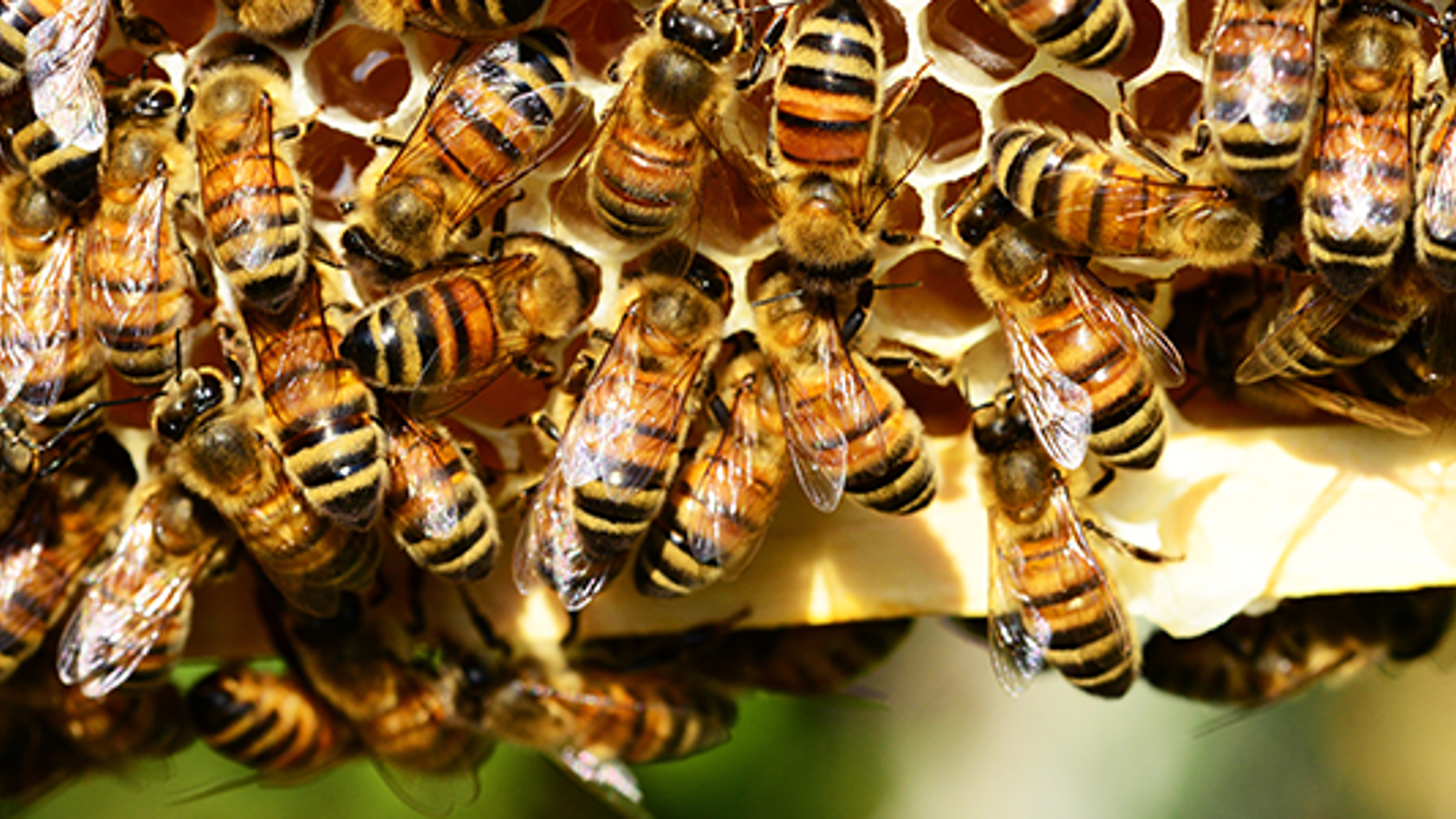Science often turns to the natural world to discover new concepts and find solutions. How has energy benefited from ideas found in nature?
What do the Japan's Shinkansen Bullet trains and Velcro have in common? They were both inspired and designed through studying nature!
Biomimicry labs around the world, such as MIT's biomimetics robotics lab in Boston, are at the forefront of such research, developing ways to replicate the unique features and abilities of living creatures.
With millions of years of real world testing, Earth's wildlife is an invaluable source of knowledge on how to solve problems and resolve inefficiencies. Here is a brief explanation from the Biomimicry Institution of what exactly biomimicry is, and what the benefits are:
Source: biomimicry.org
How has studying nature helped energy?
From honey bees to humpback whales, here are a few discoveries found in nature that have helped humans improve how energy is gathered and used.
- Hive logic saving power -
Always providing for the colony, bees are continuously busy. Despite their limited brainpower, each individual worker instinctively senses when a new task is needs to be carried out. As a collective, the hive is very efficient because of this continuous drive and collaboration.
Through developing controllers that transmit wirelessly, USA firm Encycle provides companies with a way to mimic the bee hive's efficiency, connecting energy-hungry appliances and machines into a network to better manage their power usage. Read more about 'Swarm Logic'.
- Streamlining the wind -
When Dr Frank Fish, a biology professor at West Chester University in Pennsylvania, noticed a statue of a humpback whale in a Boston gift shop, he became interested in the rows of warty ridges on the front edge of its fins. The humpback's ridges, known as tubercles, help it glide through the water with surprising agility.
By taking this observation and applying it to turbine blades, Dr Fish discovered that adding ridges to blades reduced drag and noise, increased speed in responding to varying wind directions, and could gather up to 20% more power.
- Absorbing light like a butterfly -
To harness the largest amount of energy from the sun, panels on solar farms are constructed with thick cells to collect light waves. Thin film solar cells, by comparison, have great potential to expand the use of solar capture technology as they are cheaper, lighter and can manufactured to be only a few nanometres thick. However, they are currently far less efficient, and most commonly used for small devices such as calculators, rather than energy-generating panels.
Through studying the black wings of the Rose Butterfly found in Southeast Asia, scientists have been able to replicate the structure within their wings to design thin cells that absorb the sun's rays more efficiently - capturing more light regardless of the angle they are set at. This would help to overcome the current limitations of static panels that can only absorb light for a few hours, rather than the majority of the day. These new panels will also help greater adoption in buildings and other products, due to being the lighter and thinner.
How will nature help the future?
For decades, science and design have looked to nature for new concepts, seeking solutions to many problems - big and small. The further we research into the Earth's eco-system and wildlife, the greater the likelihood that new innovations will be uncovered to help make the move towards greater sustainability and efficiency.
What might be surprising, away from large infrastructure and energy, is just how much of what we take for granted day-to-day has been inspired or improved by the natural world. These ideas are already around us in our homes, on the street and in the workplace - can you see anything that has been inspired by the natural world where you are?







